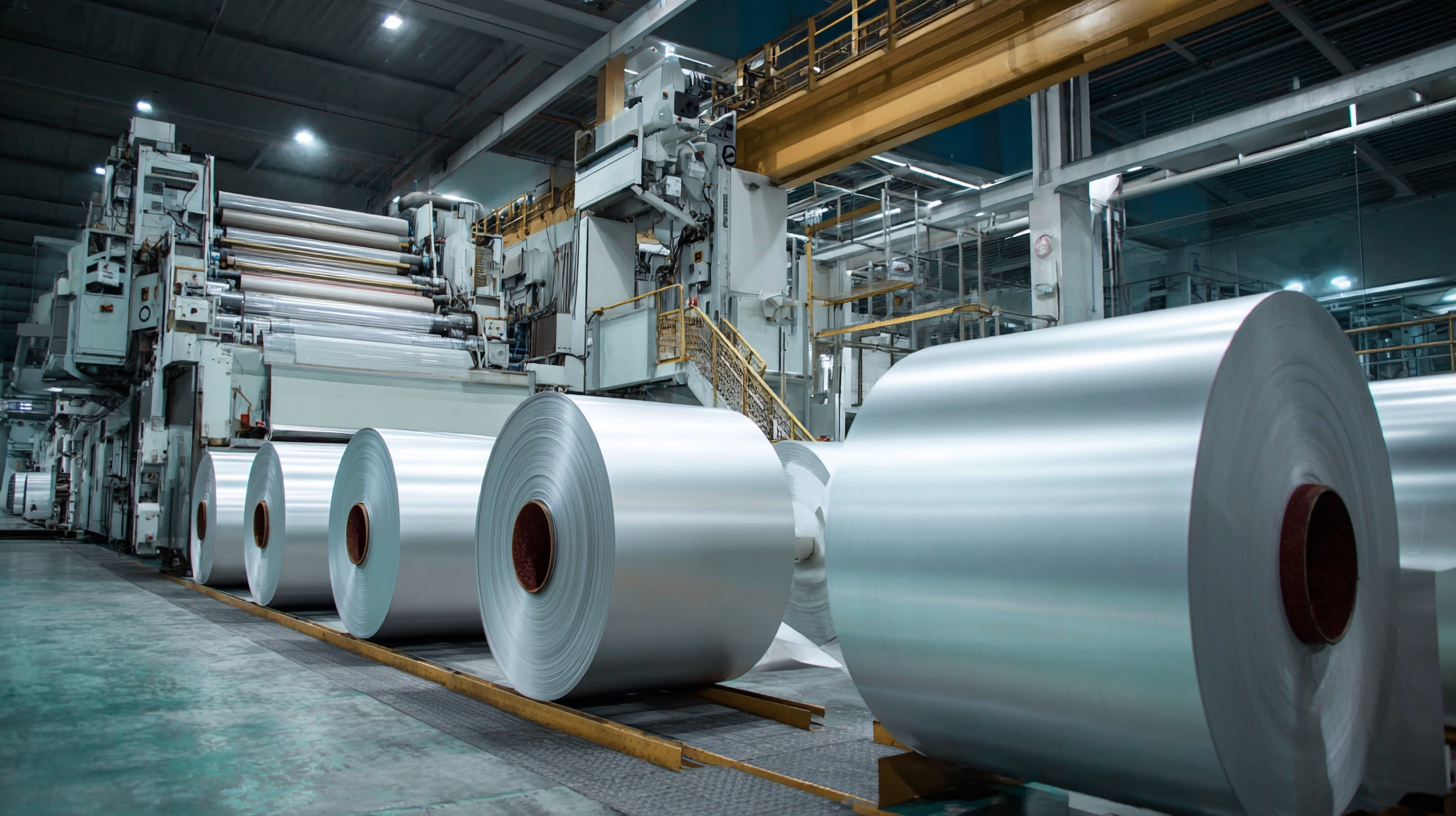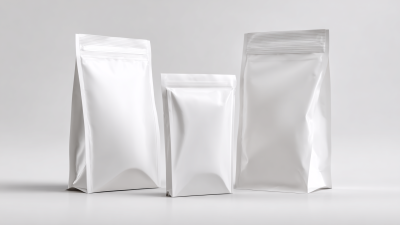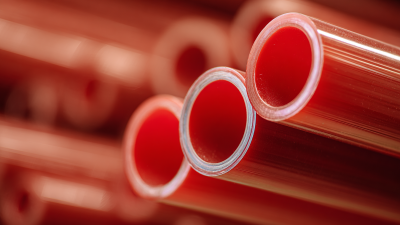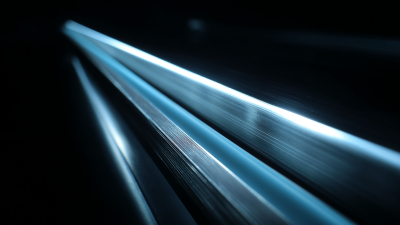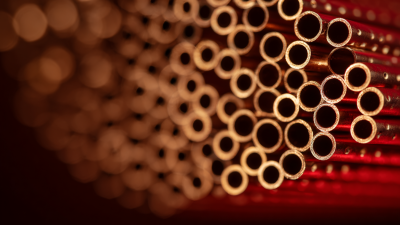Leave Your Message
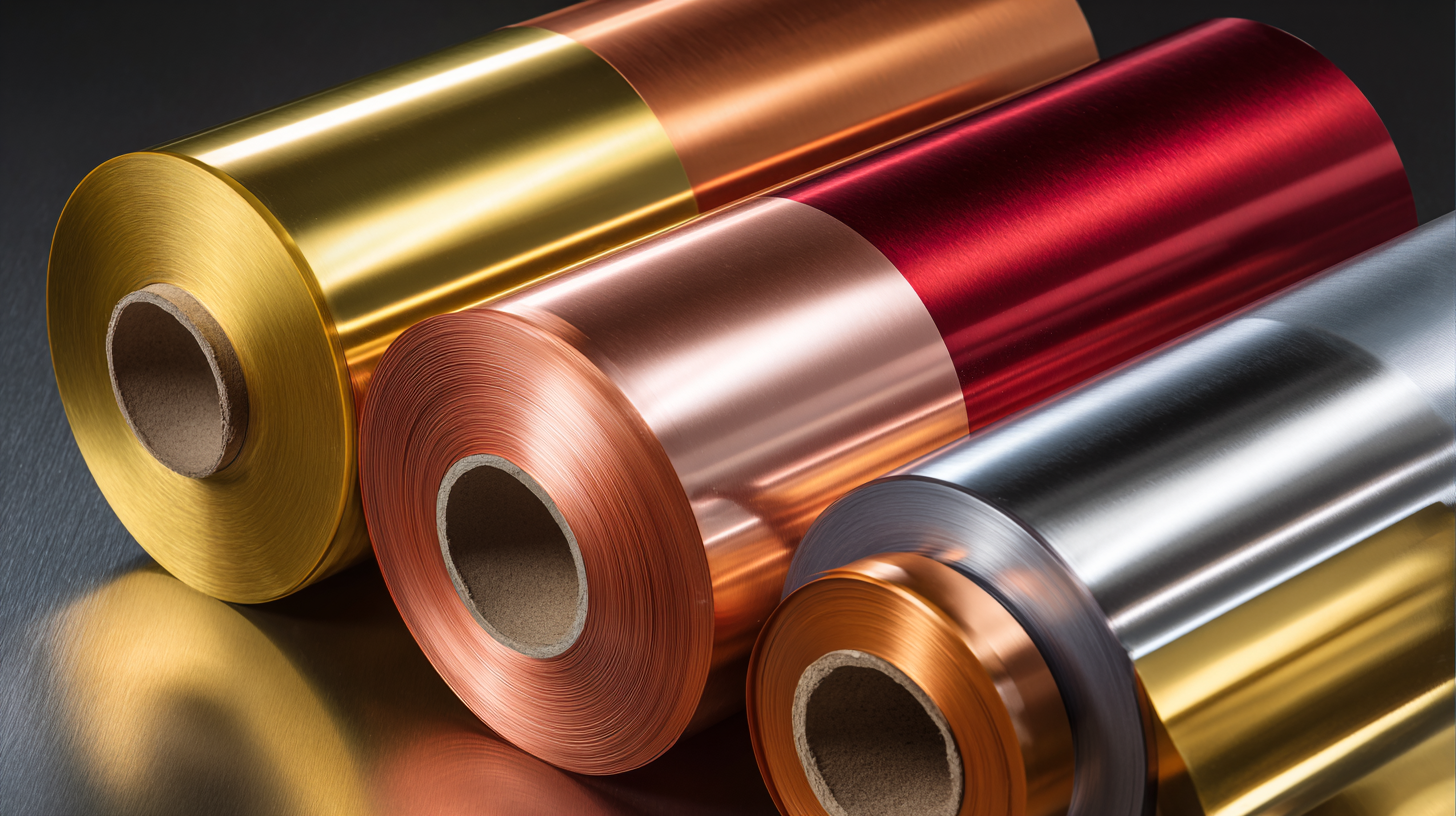 When it comes to selecting the right materials for your industry, the choice of Coated Aluminum Laminate Film can significantly impact both aesthetics and functionality. Whether you are in construction, packaging, or design, understanding the specific requirements of your projects is essential for making an informed decision. This blog will provide you with a comprehensive checklist that highlights key factors to consider when choosing the best Coated Aluminum Laminate Film for your needs. From
durability and weather resistance to finish and color options, we will explore the crucial elements that will help streamline your selection process, ensuring that you invest in a product that not only meets but exceeds your expectations. Let’s dive into the essential considerations that will guide you toward the optimal choice for your industry applications.
When it comes to selecting the right materials for your industry, the choice of Coated Aluminum Laminate Film can significantly impact both aesthetics and functionality. Whether you are in construction, packaging, or design, understanding the specific requirements of your projects is essential for making an informed decision. This blog will provide you with a comprehensive checklist that highlights key factors to consider when choosing the best Coated Aluminum Laminate Film for your needs. From
durability and weather resistance to finish and color options, we will explore the crucial elements that will help streamline your selection process, ensuring that you invest in a product that not only meets but exceeds your expectations. Let’s dive into the essential considerations that will guide you toward the optimal choice for your industry applications.
When selecting coated aluminum laminate films for industrial applications, the durability of the material is crucial. Several key factors influence this durability, beginning with the quality of the coating itself. High-performance coatings can offer superior resistance to scratches, chemicals, and UV radiation. As such, industries that expose their products to harsh conditions, such as automotive or construction, must prioritize coatings engineered to withstand environmental stressors while maintaining aesthetic appeal.
Another important factor is the substrate material. The base aluminum’s thickness and alloy type can significantly affect the overall integrity of the laminate film. Thicker substrates may provide added strength and resilience, making them suitable for demanding applications. Additionally, proper bonding between the laminate and the coating plays a pivotal role in longevity; a strong bond can prevent delamination, ensuring that the film retains its protective qualities over time. By carefully considering these aspects, businesses can select coated aluminum laminate films that not only meet their immediate needs but also offer lasting performance in challenging industrial environments.
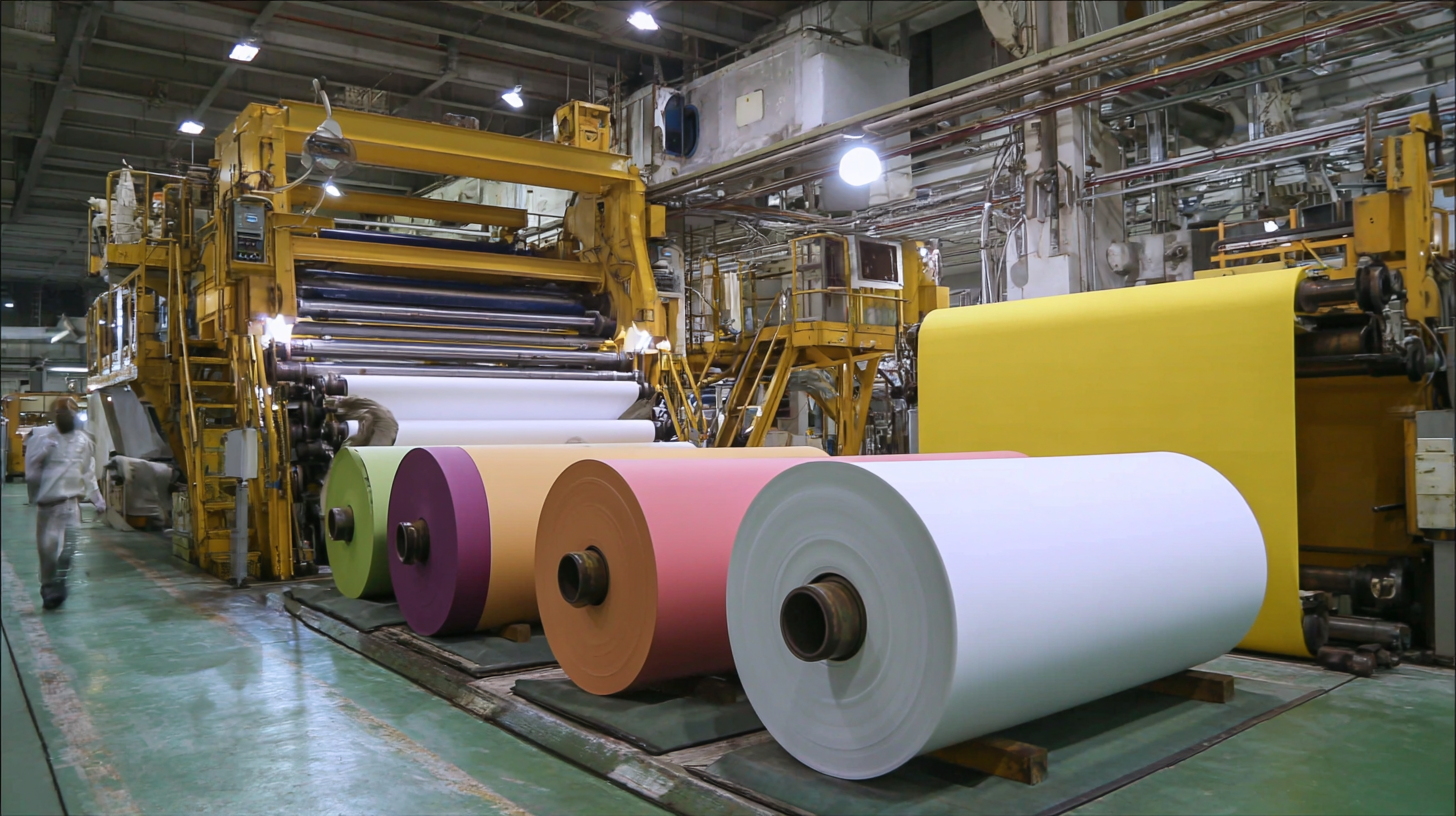
When selecting coated aluminum laminate films, understanding the thickness is crucial for achieving optimal performance in various applications. Different industries, from packaging to construction, have specific requirements that can greatly influence the performance of the film. Thicker films typically offer greater durability and resistance to environmental factors, making them ideal for outdoor applications. Conversely, thinner films can provide flexibility and lighter weight, suitable for applications where ease of handling is paramount.
A comparative analysis of film thickness reveals that the right choice depends on both the desired end-use and its environmental exposure. For instance, in food packaging, a thicker film can enhance barrier properties, ensuring the freshness and safety of the product. On the other hand, in decorative applications, a thinner laminate may be preferred for its aesthetic appeal and ease of installation. Ultimately, understanding the nuances of coated aluminum laminate film thickness can empower businesses to make informed decisions that align with their operational needs.
In the ever-evolving landscape of coated aluminum laminate films, industry-specific trends are shaping the future of material applications. Innovations driven by technological advances are tailored to meet the unique demands of various sectors, from automotive to construction. For instance, advancements in eco-friendly coatings are gaining traction, offering sustainable alternatives without compromising on performance. These developments not only enhance durability but also align with global sustainability goals, making them a preferred choice for environmentally conscious industries.
Moreover, the integration of smart technology into coated aluminum laminate films is revolutionizing functionalities. Films embedded with sensors can monitor environmental conditions such as temperature or moisture levels, providing valuable data to optimize production processes. Such innovations are particularly beneficial in the food and beverage sector, where maintaining product integrity and safety is paramount. As industries continue to prioritize efficiency and quality, the trend towards multifunctional coated aluminum laminate films is likely to accelerate, offering a glimpse into a future where materials are not just functional but also intelligent.
| Industry | Coating Type | Key Features | Application | Current Trends |
|---|---|---|---|---|
| Automotive | Polyester | High durability, weather-resistant | Exterior panels, trim | Sustainability and lightweight materials |
| Construction | PVDF (Polyvinylidene Fluoride) | Chemical resistance, long-lasting finish | Facades, roofing | Smart building technologies |
| Packaging | PET (Polyethylene Terephthalate) | Lightweight, recyclable | Food and pharmaceutical packaging | Eco-friendly materials and designs |
| Electronics | Anodized | Corrosion resistance, improved thermal management | Casing, internal components | Nano-coating technologies |
The environmental impact of coated aluminum laminate films in manufacturing processes is increasingly coming under scrutiny as industries seek more sustainable solutions. Coated aluminum laminate films are widely used due to their excellent properties, but their environmental footprint cannot be overlooked. As industries pivot towards sustainable practices, understanding the life cycle of these materials—from production to disposal—is critical. For instance, the transition to biopolymers in food packaging signifies a broader trend towards materials that are not only effective but also environmentally responsible.
Recent innovations, such as hydrocolloid-based coatings for biodegradable films, highlight pathways for reducing waste and improving recyclability. The literature indicates that replacing non-biodegradable plastics with coated aluminum laminates that have a minimized environmental impact can greatly enhance the sustainability profile of manufacturing sectors. Companies are now tasked with evaluating not just the performance of materials like aluminum laminates, but also their recyclability and the sustainability of their entire supply chain. This ongoing shift towards eco-friendliness emphasizes the importance of making informed choices about materials that contribute to a greener future in manufacturing.
Coated aluminum laminate films have become a transformative element across diverse industries, from interior design to packaging. Their aesthetic appeal lies in a variety of finishes, colors, and textures that cater to the unique branding needs of different sectors. For example, in the architectural field, these films are used to create striking facades and interior surfaces, combining durability with visual sophistication. The reflective qualities of coated aluminum can enhance natural light, making spaces appear larger and more inviting.
In the packaging industry, coated aluminum laminate films are not just about protection; they also play a crucial role in attracting consumers. High-quality graphics and vibrant colors printed on these films can captivate attention on retail shelves, effectively conveying brand identity and product messages. Industries such as food and beverage, cosmetics, and electronics benefit significantly from using such films, as they can provide a premium feel while ensuring product integrity. The combination of functionality and aesthetics offered by coated aluminum laminate films makes them an essential choice for any business looking to enhance its visual impact while meeting practical needs.
